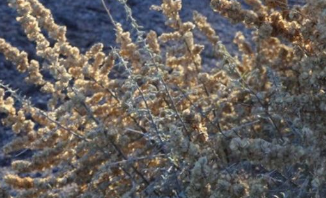Fourwing Saltbush Plant
Fourwing Saltbush (Atriplex canescens) grows up to 8 ft, prefers sandy soil, full sun, low moisture, and is medicinal but not edible.

Habit
Shrub
Height
50 to 150 cm
Growth
Slow
Soil
Well-drained alkaline soil
Shade
Full
Moisture
Low
Edible
No
Medicinal
Yes
Origin
North America
Climatic Condition
Arid, Drought-tolerant
Temperature (°)
10 to 40
Humidity (%)
20 to 50
Potting media
Sandy mix
Fertilizers
Low nitrogen, organic
Watering
Low
Plant Weight
1-3 kg
Flowering Time
Late Summer
Soil Ph level
5.5 to 7.0
Water Ph level
6.0to 7.5
Soil EC
0.2 to 0.8
Yield Per Plant
Forage, wildlife
NPK ratio
10:10:10
life Span
Perennial
Health Benefits
Controls soil erosion, ornamental use.
Suggested Grow Media or Potting Mix ?
50% sand, 25% peat moss, 25% compost
Suggested Fertigation/Fertilizers
Fertilize every 6 weeks with phosphorus-based fertilizer.
Common Diseases and Remedies
Leaf Spot, Rust, Aphid Infestation, Powdery Mildew, Root Rot.
Brown or black spots on leaves, Reddish pustules on leaves, Distorted and yellowing leaves, White powdery growth on leaves, Stunted growth, root decay.
Copper-based fungicides, Fungicides with propiconazole, Chemical insecticides, Fungicides with potassium bicarbonate, Soil-applied fungicides.
HEALTH BENEFITS
- Leaves have been used in indigenous medicine for treating digestive and kidney issues.
- Contains minerals like calcium and magnesium that support bone health.
- Some species have diuretic properties.

